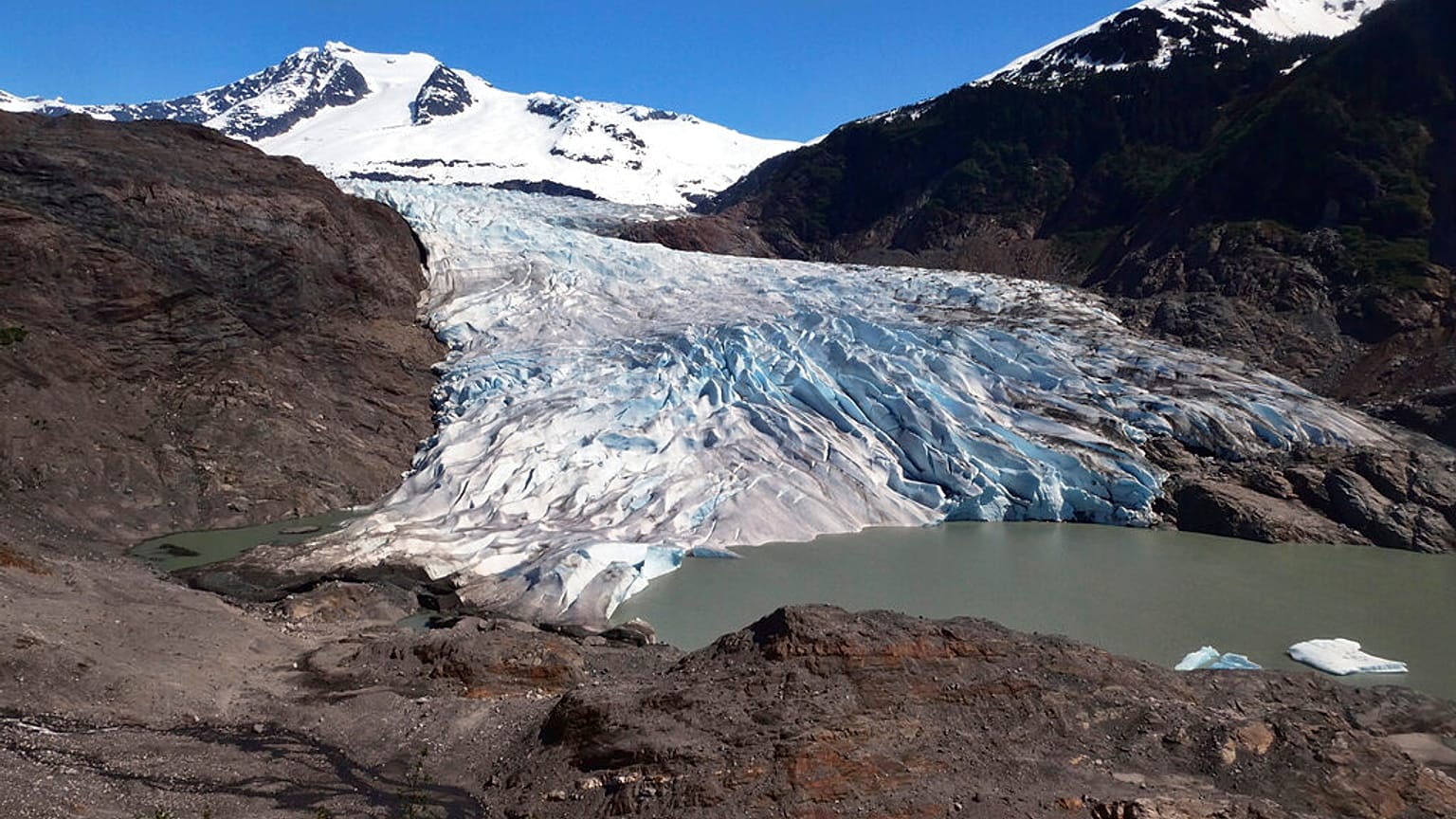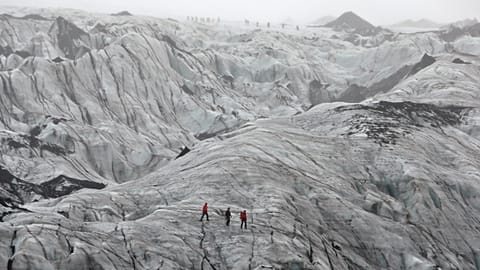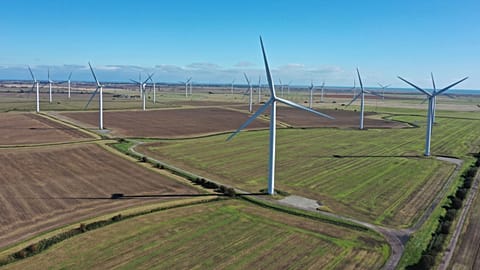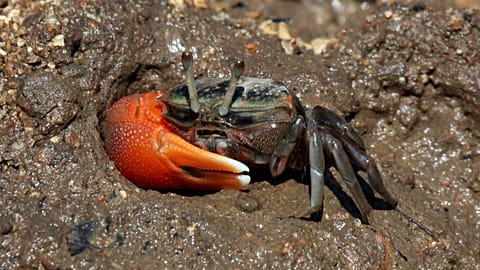Half of the world’s glaciers are doomed to disappear, according to new research. But it says limiting global warming can help save the rest.
Half of the world’s glaciers are doomed to disappear by the end of the century due to climate change, a new study has found.
But its authors added that limiting global warming as much as possible can still help save the rest.
The study, published in the journal Science, made projections on the future of some 215,000 glaciers around the world, including in the Alps.
It found that even if temperature rises are limited to 1.5°C, just under half of the earth’s glaciers will vanish, increasing sea levels and raising fears over water resources.
Yet, authors claim their research highlights the importance of taking action to reduce the greenhouse gas emissions that are fuelling climate change.
"There is a small ray of hope and a positive message in our study,” says its co-author, Regine Hock. “It tells us that we can make a difference, that actions matter."
What does the study on glaciers tell us?
The study looked at the possible impact of temperature rises on glaciers across several warming scenarios: +1.5°C, +2°C, +3°C and +4°C. These temperature rises reflect the outcomes of different political decisions.
If temperature rises are limited to 1.5°C above pre-industrial levels - the most ambitious goal of the Paris climate accord - then 49 per cent of the world's glaciers will vanish by 2100.
This loss will represent around 26 per cent of their ice, with the smallest glaciers in Europe and America affected first.
Researchers predict that this will cause a sea level rise of around nine centimetres, alongside water security issues due to less snow melt.
In October, UN climate experts warned that national pledges to reduce harmful emissions do not offer a “credible pathway” to limit warming to 1.5°C, urging the world to act before it is too late.
"Regions with relatively little ice, such as the Alps, the Caucasus, the Andes or the western United States, will lose almost all their ice by the end of the century, regardless of the emissions scenario," warns Hock, a professor at the University of Oslo.
"These glaciers are more or less doomed."
If temperatures increase by 4°C - a worst-case scenario, though still possible - then the world’s largest glaciers, for example in Alaska, will be more affected.
83 per cent of glaciers would disappear, with sea levels rising by 15 centimetres.
The difference between 9cm and 15cm “may not seem like a lot”, says Hock. But such an increase is of "great concern” because higher sea levels will cause major flooding during storms and “a lot more damage”.
Sea levels are already increasing by around 3mm each year, which is forcing people around the world to migrate and making millions more vulnerable to flood risks.
What impact will melting glaciers have on the planet?
The world is currently on course to warm by 2.7°C, which will lead to almost complete deglaciation in central Europe, western Canada, the United States and New Zealand.
The study’s predictions - more alarming than those used by UN climate experts - have been made possible thanks to new data on glaciers that allows for better modelling.
Researchers also took into account processes that had not been included in previous studies, such as the effect of icy areas becoming rockier and the detachment of icebergs into the sea from other glaciers.
The glaciers studied represent only “1 per cent of all ice on Earth”, but they are “much more sensitive” compared to other pockets of ice since they often lie in warmer areas, says Hock.
Melting has "contributed to sea level rises almost as much as the ice caps of Greenland and Antarctica taken together over the past three decades", she adds.
The disappearance of the world’s glaciers will also have consequences for water resources, with their ice an important reservoir of water for around 2 billion people.
"In summer, in many regions, it is hot and dry, and the glaciers compensate for this loss of water," explains Hock. Their loss "will not only change the seasonality... there will also be less water in total."
Boat traffic on lower rivers and tourism on these small glaciers, such as skiing, will also be affected.
But averting disaster is still possible, according to Hock.
Ultimately, she says, "Whether that will happen is up to the policymakers.”


















